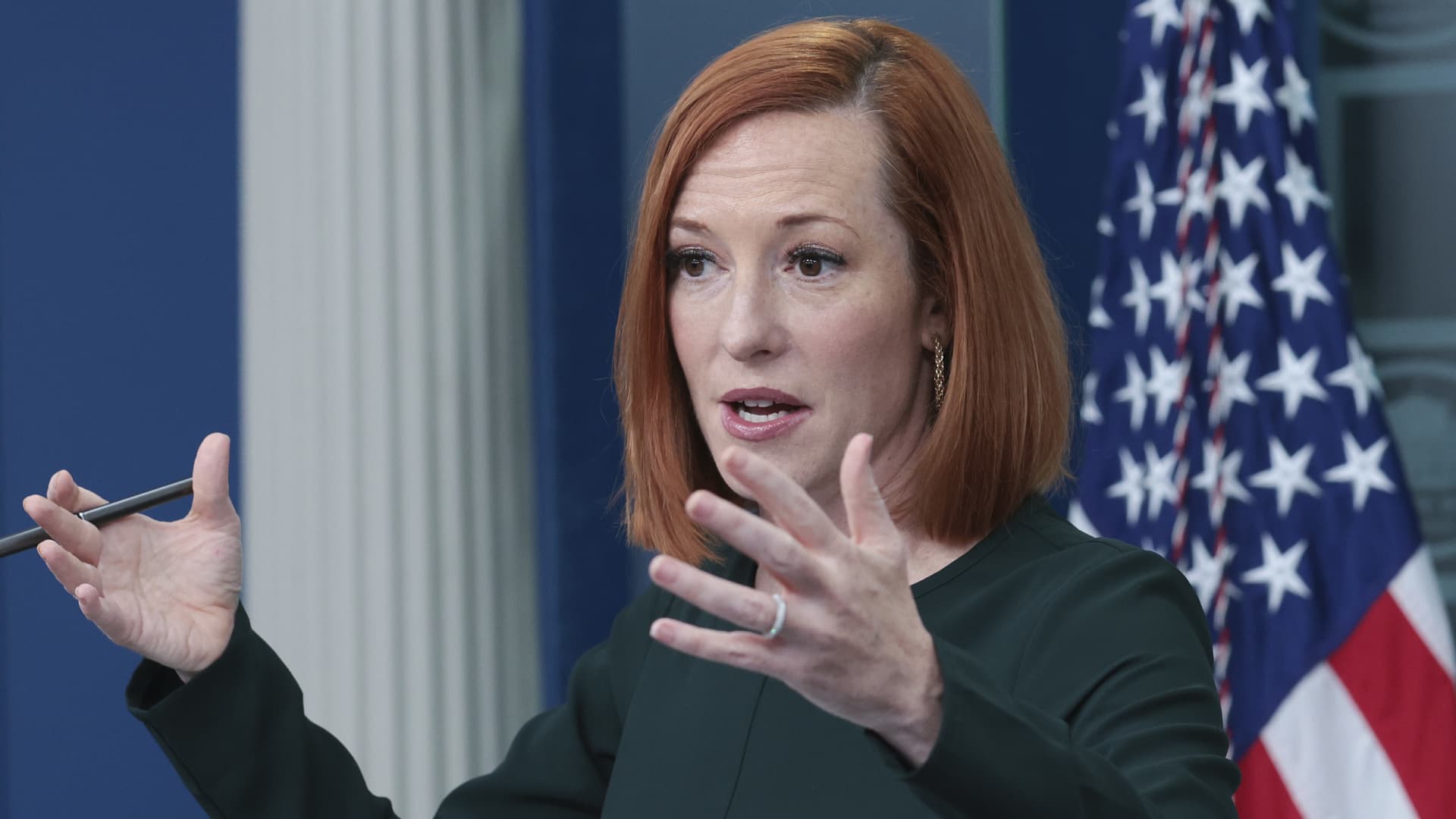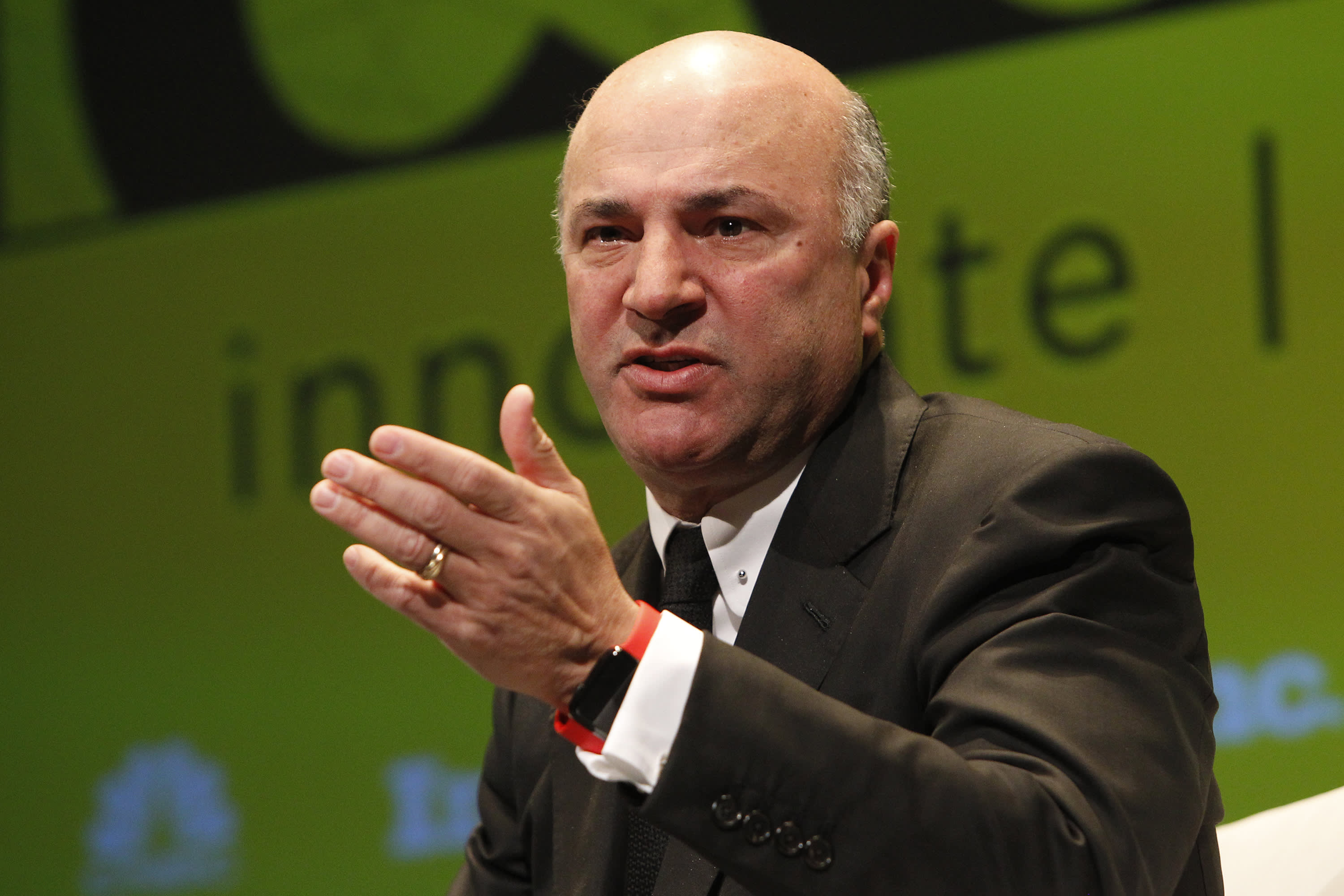These early retirement advocates quit their jobs with plenty of money in the bank. Here are their tips for becoming financially independent
The FIRE movement, which stands for Financial Independence, Retire Early, is built on the idea that handling your money well can lead to financial freedom.


Saving enough money to comfortably retire later in life may seem like a daunting, out-of-reach goal.
But some are challenging themselves to reach that goal even sooner than usual.
The FIRE movement — which stands for Financial Independence, Retire Early — is built on the idea that handling your money super efficiently can help you reach financial freedom earlier.
At a session during CNBC's Financial Advisor Summit, two experts shared the steps they took to become wealthier than they had previously imagined.
"The FIRE movement is built around the principle that the higher your savings rate, the higher percentage of your income that you're saving, the faster you'll be able to reach financial independence," said Grant Sabatier, author of "Financial Freedom," who saved $1.25 million by age 30.
Alex Trias, a former attorney who now lives in Portugal, retired at 42, thanks to working long hours and saving aggressively, as well as financial boost from an inheritance and a small real estate investment.
Both Sabatier and Trias offered tips for how others can follow in their financial footsteps and retire early, if they want to join the movement, or just improve their financial outlook.
1. Boost your savings rate
Today, the average savings rate in the U.S. hovers around 2% to 5%, Sabatier noted.
That rate ensures most Americans will never be able to retire, he said. For those who are able to retire in their 60s or 70s, they may end up having much less money than they think.
But by saving about 50% of your income, the average person can reach financial independence in 10 years or less, Sabatier said.

Between 2010 and 2015, Sabatier saved up to 82% of his income and put it in a total stock market index fund, which he has allowed to compound and grow.
"Now I have way more money than I ever thought I would have saved and invested and more money than I will ever need," Sabatier said.
2. Reduce your cost of living
To achieve a high savings rate, you need to reduce your living costs.
Sabatier did this by moving from a $1,700 per month apartment to an $800 per month apartment. He also opted to buy an $800 used car instead of a new one.
"I lived basically like a college kid in my mid-20s," Sabatier said.
Trias took the concept even further, by relocating to Portugal, where he was able to cut the costs he faced living in the Washington, D.C., area.
His annual property taxes dropped from around $11,000 to about $184.
What's more, Trias said his health insurance costs are now 10% to 15% of what you would pay in the U.S. for an unsubsidized plan.
Prescription costs are also substantially lower, with one drug that costed around $600 per month in the U.S. now taking just $60 of his budget, he said.
3. Increase your income
Of course, it is easier to save more when your income when your income is higher.
Sabatier said he realized he needed at least $23,000 per year to live on. But once he was making more than $250,000 per year, the savings started adding up very quickly, he said.
To get to that income level, Sabatier added a variety of side hustles, including helping a friend's moving company, building websites and running Google ad campaigns. He also started writing online and building an online business.
"It's never been easier in history to start a side hustle, because the barrier to entry is so low," Sabatier said. "There's so many different ways that you can make money online in ways that didn't even exist 10 years ago."
There are worse problems than waking up at 45 and having $1 million saved in the bank.
Grant Sabatier
author of 'Financial Freedom'
In contrast, Trias made managing his portfolio and working for himself his first priority in order to reach his financial goals.
Both admitted the FIRE lifestyle comes with sacrifices and risks.
Consequently, it's important to check in with yourself every year to evaluate whether or not the tradeoffs you're making are worth it.
Not everyone sticks with the FIRE strategy until they can retire. Some do it for five or 10 years and then enjoy the freedom of having more money in the bank than they ever thought they would, Sabatier said.
"There are worse problems than waking up at 45 and having $1 million saved in the bank," Sabatier said.

 ShanonG
ShanonG 































